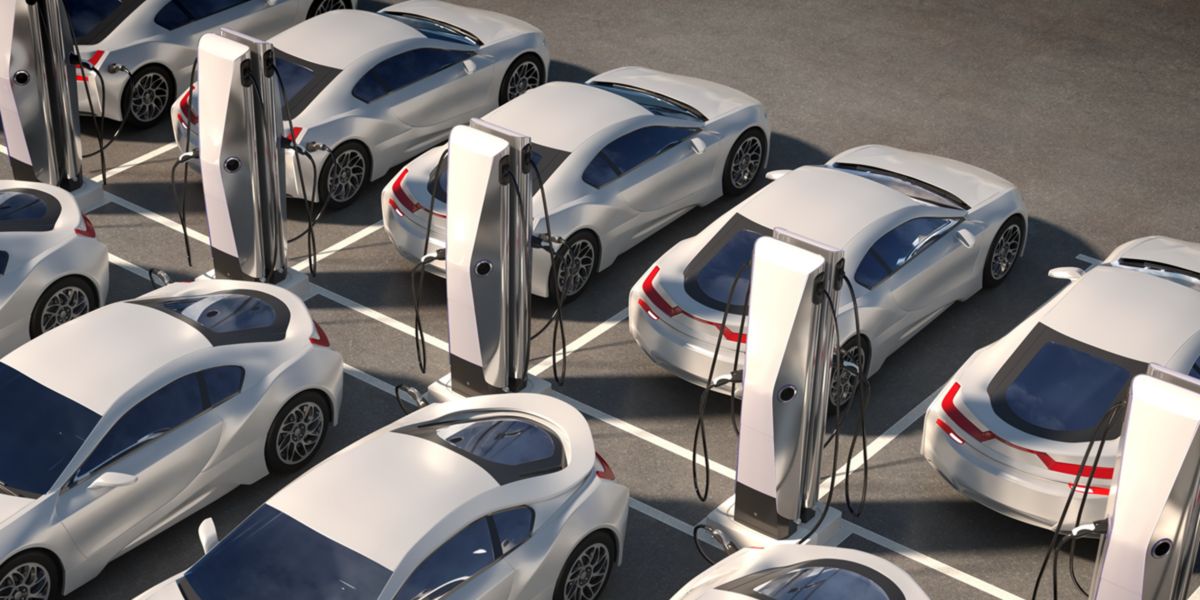Perhaps nowhere else is this imperative stronger than in Asia, home to three-fifths of the world’s population, that is both young and growing at a rate much quicker than the rest of the world. To meet the expanding infrastructure needs, it is estimated that countries and territories across Asia Pacific will need to invest a total of US$26 trillion between 2016-2030, or US$1.7 trillion a year.
Achieving this investment target requires governments to be creative and work with the private sector to jointly pursue a more resilient and sustainable future. Yet, this may not be easy as various macroeconomic, climate and geopolitical headwinds impact the region.
The 2024 edition of KPMG’s Emerging trends in infrastructure report outlines 10 trends that will serve as guiding forces as the world navigates the landscape of infrastructure development in the year ahead. These themes broadly fall into three categories:
The critical need for a just transition
As the world moves toward a cleaner energy future, a key task is ensuring that investment, development and sustainability outcomes are equitably distributed between developed and emerging nations.
Unfortunately, this balance has been hard to achieve, with developed countries disproportionately benefiting from larger investment inflows. Emerging economies are faced with the additional challenge of walking a fine line of pursuing economic growth and addressing climate change. With fossil fuels still comprising the lion’s share of power generation in Asia Pacific, finding the right balance will require a shift in priorities by many governments and active support from their global partners.
The phasing out of fossil fuel-fired power plants must be accompanied by complementary investments in clean projects to help ensure energy security, affordability and sustainability. Furthermore, government investment alone is insufficient – private financing will be required to fund roughly 80 percent of emerging economies’ climate mitigation needs if they are to achieve net-zero by 2030.
A significant step in this direction is the launch of the Just Energy Transition Partnership (JETP) in Indonesia, a landmark, long-term collaboration aimed at facilitating an ambitious and equitable transition within Indonesia’s power sector. As the impact of energy transition will also ripple out across the fossil fuel industry’s workforces, it is also apt that JETP’s focus extends to emphasize sustainable development, economic growth and the protection of livelihoods for communities and workers affected by these changes.
Technology-driven solutions
While technology adoption in infrastructure has been slower than in other industries, there’s been a notable shift in recent years as novel models and innovative approaches to infrastructure development are being explored. For example, in Asia Pacific, some construction companies are leveraging IoT technology, digital dashboards and AI-enabled cameras to enhance operational efficiency. In some markets, these technologies are already becoming standard, and their adoption is likely to only grow over time.
Tech- and digital-enabled tools can help to create immense value through their cost-effectiveness and ability to boost efficiencies and productivity at every level of the value chain. They can also contribute to management and supervision thanks to their round-the-clock monitoring capabilities, playing a dual role in addressing the need for transparency and traceability.
These facets help ensure that digitalization is expected to play a pivotal role in driving sustainable growth.
Greening the infrastructure
Sustainability has permeated the mainstream and is accelerating the drive towards “green infrastructure”, nature-based strategies in infrastructure design and planning that could yield effective, sustainable and affordable results than conventional “grey infrastructure”. With even more robust policy initiatives and heightened awareness of the climate emergency, it is anticipated that there will be a more pronounced shift towards nature-based approaches over carbon-intensive alternatives in the future.
Conventional sources of financing such as government budgets, lending from commercial banks and multilateral capital are likely to remain essential to fund green infrastructure. But there is an even bigger role for capital markets and financial institutions to play in filling the gap between aspiration and reality. Institutions such as pension funds, insurance companies and asset managers could radically expand the funding options on the table. In particular, green bonds and philanthropic impact investment are expected to become core sources of sustainable funding.

